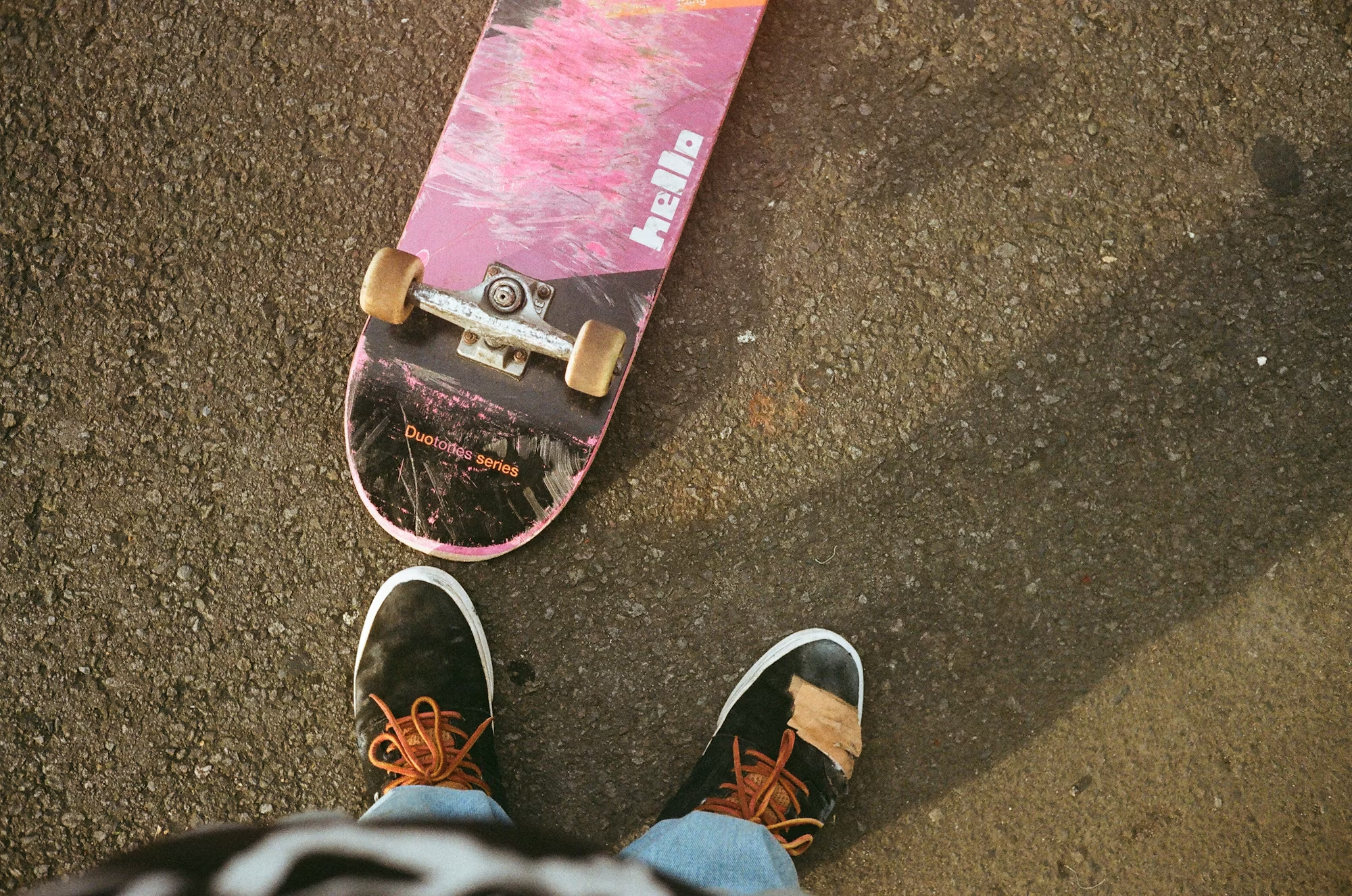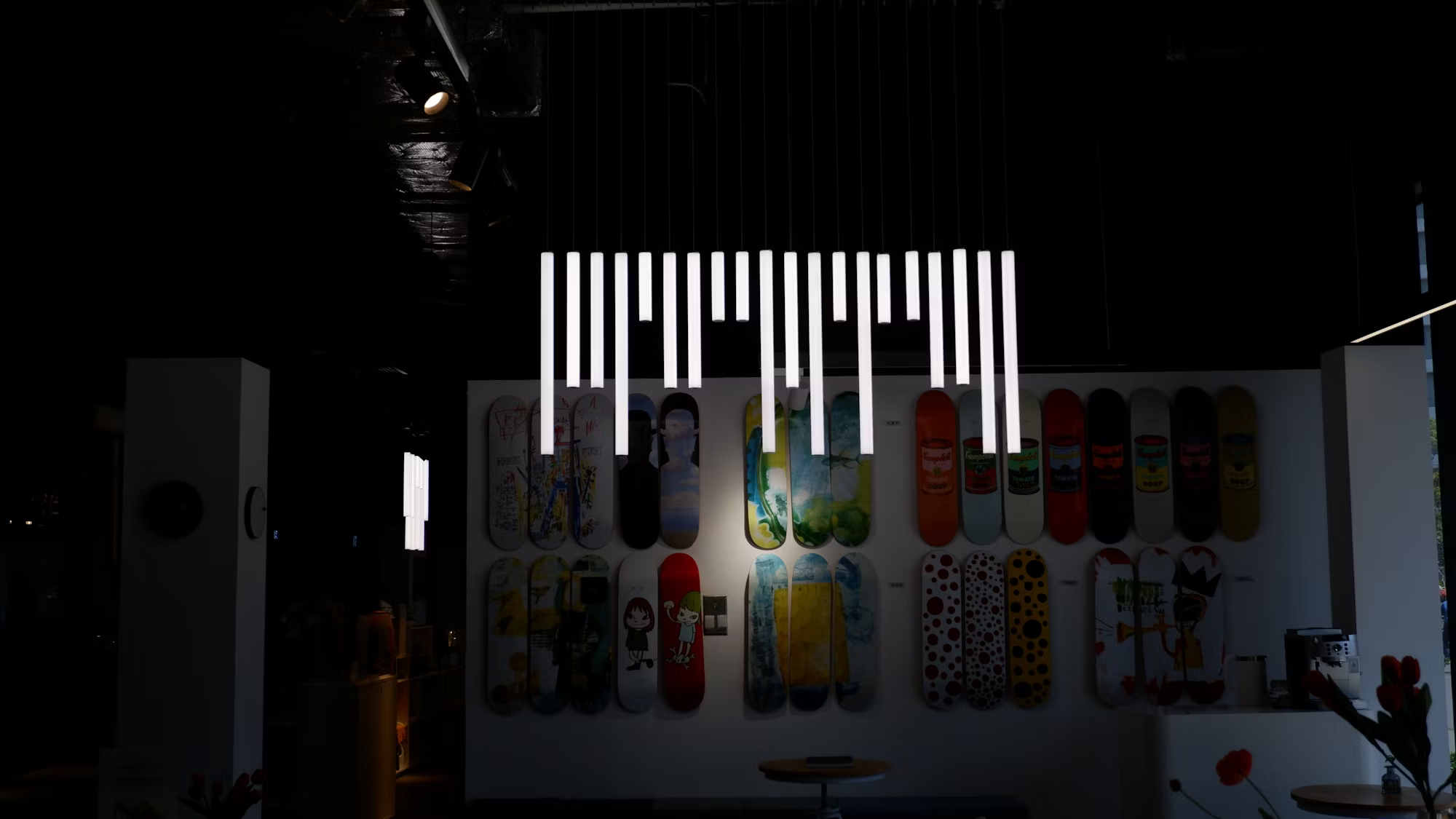Skateboarding is not just a sport; it’s an exhilarating blend of art, culture, and lifestyle. It has evolved from its humble beginnings in California during the late 1940s to a global phenomenon that captures the hearts of millions. Today, skateboarding encompasses a wide range of styles and techniques, each offering unique challenges and rewards for enthusiasts. This article will explore the various forms of skateboarding, celebrating the creativity, skill, and community that define this dynamic activity.
The Origins of Skateboarding
Skateboarding emerged as surfers sought a way to practice their skills on land when the waves were flat. This innovative idea gave birth to the first skateboards, initially made from wooden boxes and roller skate wheels. As interest grew, so did the design and technology of skateboards, paving the way for new tricks and techniques. By the 1960s, the sport began to gain traction, with pioneers like Tony Hawk and Rodney Mullen pushing the boundaries of what was possible on a skateboard.
As skateboarding evolved, so did its culture. The 1970s saw the introduction of skate parks, where riders could hone their skills and explore new tricks in a controlled environment. This era laid the foundation for the diverse skateboarding community we see today, uniting individuals from all walks of life who share a passion for the sport.
Street Skateboarding: The Urban Jungle
Street skateboarding is perhaps the most recognizable form of the sport, characterized by the use of urban environments as playgrounds. Skaters navigate streets, sidewalks, stairs, benches, and handrails, transforming ordinary locations into stages for their creativity. This style emphasizes technical skill and ingenuity, as riders must learn to adapt to their surroundings and utilize obstacles in innovative ways.
The street skating community thrives on collaboration and support, where skaters gather to share tips, film tricks, and encourage each other. This camaraderie fosters a unique culture, where creativity is celebrated, and everyone is inspired to push their limits. Street skating not only showcases individual talent but also highlights the beauty of the urban landscape through the lens of skateboarding.
Vert Skateboarding: Reaching New Heights
Vert skating takes riders to new heights, literally and figuratively. This discipline focuses on riding in halfpipes or ramps, allowing skaters to launch into the air and perform impressive aerial tricks. Mastery of vert skating requires a combination of strength, agility, and precise timing, as skaters execute spins, flips, and grabs while soaring above the ramp.
Competitions like the X Games have catapulted vert skating into the spotlight, showcasing the incredible talents of athletes who defy gravity. The atmosphere at these events is electric, with participants cheering for one another and celebrating impressive performances. The spirit of competition in vert skating is not just about winning; it’s about pushing boundaries, challenging oneself, and inspiring others.
Bowl and Pool Skateboarding: The Flow of Motion
Bowl and pool skateboarding present a different experience, focusing on smooth transitions and fluid movements within large, bowl-shaped structures or empty swimming pools. Skaters harness the curves and walls of these environments to perform tricks, emphasizing rhythm and flow. Riding in a bowl is often described as a liberating experience, allowing skaters to connect deeply with their boards and surroundings.
The community of bowl skaters values creativity and artistic expression. Riders often develop unique styles, influenced by music, art, and personal experiences. This emphasis on individuality fosters an environment where innovation thrives, and skaters continuously explore new tricks and techniques. Bowl skating not only showcases athletic prowess but also reflects the artistic spirit that permeates the skateboarding culture.
Freestyle Skateboarding: Dance on Wheels
Freestyle skateboarding is a discipline that emphasizes technical tricks performed on flat surfaces. This style highlights balance, coordination, and creativity, allowing skaters to execute intricate footwork and maneuvers. Tricks such as the no-comply, finger flip, and shuvit showcase a skater’s flair and individuality, transforming the act of skating into a captivating performance.
Competitions dedicated to freestyle skating focus on both technical skill and artistic expression, celebrating the creativity of participants. Skaters often choreograph sequences that blend tricks with smooth movements, showcasing their unique styles. The freestyle community thrives on collaboration, with skaters exchanging tips and techniques, fostering a sense of camaraderie that enriches the experience for all.
Longboarding: The Joy of Cruising
Longboarding offers a different perspective on skating, emphasizing cruising and carving rather than performing tricks. Longboards are characterized by their longer decks and larger wheels, which provide a smooth ride ideal for leisurely cruising, commuting, and even downhill racing. Riders enjoy the freedom of gliding down hills, carving turns, and experiencing the thrill of speed without the need for tricks.
Downhill longboarding introduces an exhilarating aspect of the sport, as riders navigate steep hills at impressive velocities. Mastering this style requires skill and control, as skaters learn to manage their speed and navigate obstacles. The longboarding community is known for its supportive nature, where riders share tips and experiences to help each other improve. Whether cruising through city streets or exploring scenic routes, longboarding fosters a sense of community among riders who appreciate the journey as much as the destination.
Slalom Skateboarding: Precision on the Path
Slalom skateboarding focuses on navigating a course lined with cones or obstacles, demanding agility and precision. Skaters must hone their techniques to weave through the course efficiently, showcasing their ability to maintain speed while making sharp turns. This discipline emphasizes skill and concentration, allowing riders to demonstrate their control over the board while engaging in friendly competition.
The slalom community is characterized by collaboration and mutual respect, with skaters coming together to share strategies and experiences. The beauty of slalom skateboarding lies in its emphasis on movement and precision, with participants flowing through the course like a dance. This unique approach showcases the diversity of skateboarding and highlights the importance of skill in various forms of the sport.
The Cultural Impact of Skateboarding
Skateboarding transcends the realm of sport; it embodies a spirit of rebellion, creativity, and self-expression. The culture surrounding skateboarding encourages participants to embrace their individuality and challenge societal norms. Over the years, skateboarding has influenced various aspects of popular culture, including music, fashion, and art, becoming a symbol of youth empowerment and creativity.
The skateboarding community is marked by its inclusivity, welcoming individuals from diverse backgrounds. This sense of belonging fosters a unique culture that celebrates differences while promoting collaboration and mutual respect. Skaters share a deep appreciation for creativity, whether in the tricks they perform or the art they create, solidifying skateboarding as a powerful medium for self-expression.
The Future of Skateboarding
As skateboarding continues to grow in popularity, its future appears bright. Events like the Olympics have introduced skateboarding to new audiences, inspiring future generations to embrace the sport and explore their creativity. Innovations in technology, such as advancements in board design and safety equipment, enhance the skating experience for individuals of all skill levels.
The evolution of skateboarding encourages newcomers to join the community and contribute to its vibrant culture. Each style offers opportunities for self-discovery and connection, inviting individuals to express themselves and forge lasting friendships. The journey of skateboarding is one of continuous exploration, celebrating the joy of riding, the thrill of mastering new tricks, and the bonds formed along the way.
In conclusion, skateboarding is a multifaceted sport that encompasses various styles and disciplines, each offering unique challenges and rewards. Whether drawn to the creativity of street skating, the high-flying excitement of vert, or the smooth cruising of longboarding, there is a place for everyone in this vibrant culture. Embracing the diversity of skateboarding allows individuals to explore their passion while connecting with a global community that celebrates freedom, creativity, and self-expression. The essence of skateboarding lies in the joy of riding and the friendships formed along the way.


